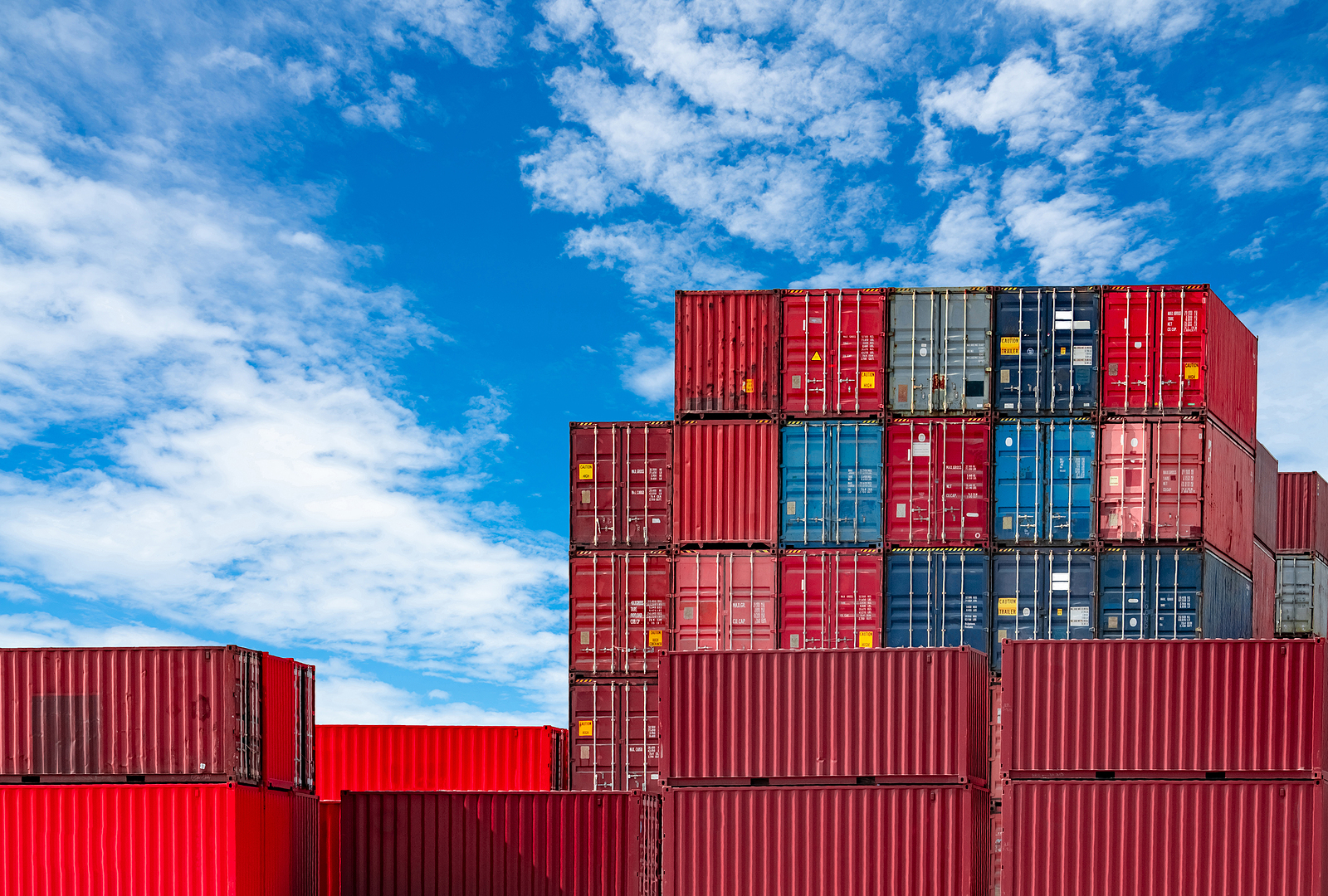However, few people when they buy a shipping container understand how much work, consideration and effort went into creating a standardised way to transport cargo to the far-flung corners of the world.
This came about as a result of centuries of innovation and an entirely new approach to shipping goods from their point of origin to their destination.
The Dawn Of Containerisation
Shipping has existed for at least 6,000 years, but for the vast majority of that time cargo was loaded and unloaded either in bulk or break-bulk, which was cargo directly stored in a ship’s hold measured by volume/weight or cargo stored in individually counted units respectively.
Because having loose cargo made shipping very labour-intensive, slow and unreliable, businesses strove to find a more reliable way to store cargo, and the first attempts started to appear in the 17th century.
When James Brindley designed the Starvationer box boat in 1766, it was used to transport wooden containers full of coal from Worsley Delph to Manchester via the Bridgewater Canal.
Initially, these open “loose boxes” were primarily used to easily fetch coal on and off of the barges. However, it soon dawned on these early pioneers that it would be better to ship the containers themselves.
At a similar time, the Little Eaton Gangway used horse-drawn wheeled wagons which served as wheeled containers that could be transported via canal barge over the Derby Canal.
This system developed over the early Industrial Revolution, as simple timber boxes were used to carry coal would be lifted onto trains by crane at one side and then onto horse-drawn carts at the other side of the Liverpool and Manchester Railway.
By the 1840s, the main material used for these boxes changed from wood to iron, and by the end of the century, closed container boxes started to become the norm, to make it easier to transport cargo via road as well as rail.
Catastrophe Brings Standardisation
Over the first part of the 20th Century, many countries developed their own independent container systems but the development of shipping containers ramped up in 1929, as the Wall Street Crash devastated industries and transport logistics companies.
In an attempt to help the industry during a particularly tough time, the International Chamber of Commerce set up the Bureau International des Contenteurs (BIC, translates to International Container Bureau) who set up the guidelines that all containers used internationally need to follow.
Whilst the Second World War would disrupt freight transport between different nations, in 1947 the US military developed a corrugated metal shipping container called the Transporter that very closely resembles the modern standard containers we use today.
They were made of corrugated iron which was not only stronger but also more secure than the wooden crates that had been used up until that point.
The Transporter would be modified and developed into the CONtainer EXpress (CONEX) system that would become widely used in the military.
This led to the BIC setting up demonstrations for potential future technology, which would eventually lead to the standard intermodal container we use to this day being developed in 1955.
Finally, ISO standards for shipping containers were published in 1968, and the International Convention for Safe Containers (CSC) was set up which required every international container to have a safety plate featuring vital information about its weight, dimensions and strength.

